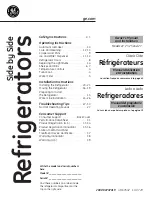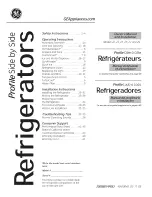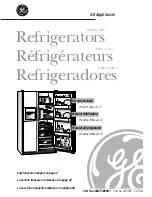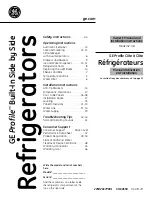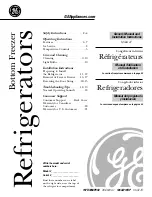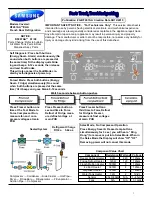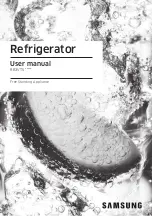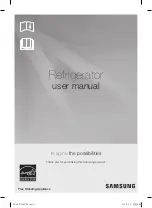
For every type of food, there are ideal
storage conditions to ensure it stays
fresh as long as possible, retaining
both flavour and vitamins.
The important factors for this are the
storage temperature and the humidity.
The correct combination of temperature
and humidity is a unique feature of the
PerfectFresh zone. Food can be stored
for up to three times longer in the
PerfectFresh zone than in a standard
refrigerator.
Storage temperature
The optimum storage temperature for
fresh food which is not sensitive to the
cold is 0 - 3 °C. This is the temperature
range which is automatically
maintained in the PerfectFresh zone.
Food can be stored there at this
temperature without loss of freshness
for considerably longer than in a stan-
dard refrigerator, as the deterioration
process is decelerated at this
temperature.
Humidity level
The closer the storage humidity is to the
humidity content of the food, the crisper
and fresher the food remains over a
longer period, as the water content of
the food is largely retained.
What are the advantages of the
PerfectFresh zone?
As food remains fresh for up to three
times as long, the advantages for you
are:
– fresher, tastier food,
– greater convenience due to practical
storage, and
– greater savings due to quality
preservation.
Storing food in the dry and
humidity-controlled
compartments
The PerfectFresh zone is divided into
two areas, the dry compartment and
the humidity-controlled compartment.
The dry compartment
The dry compartment has a relatively
low humidity level that is approx. the
same as that in the refrigerator.
So the main advantage of the dry
compartment is the low temperature of
0 °C, rather than the humidity.
The dry compartment is ideal for storing
particularly sensitive foods, such as
– fresh fish, shellfish, meat, poultry,
sausages, dairy products and
salads.
Please note that foods rich in protein
deteriorate faster than others.
Shellfish, for example, deteriorates
faster than fish, and fish deteriorates
faster than meat.
Using the PerfectFresh zone
26
Downloaded from Fridge-Manual.com Manuals































